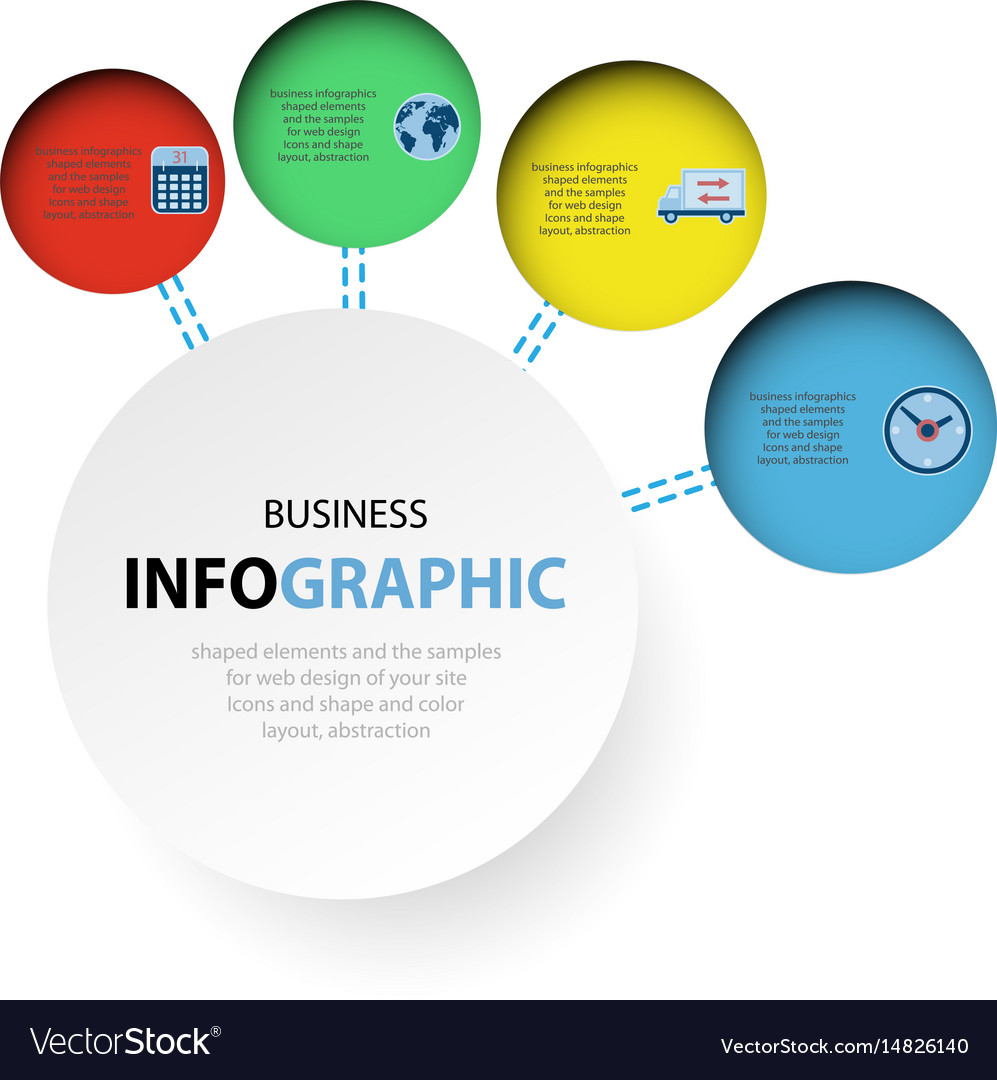The Improvement Of Online Platforms: A Trip Through Time
The Improvement Of Online Platforms: A Trip Through Time
Blog Article
Content By-Asmussen Harding
In the past, websites were straightforward and focused on info. Navigation was straight, and layout was for desktops. Now, customer experience is vital. Information guides layouts for easy navigating. Receptive designs match different tools. Today, dark setting minimizes stress, and minimalist menus enhance navigating. Interactive features engage users, and vibrant visuals attract attention. AI assimilation increases involvement. See exactly how design has evolved to boost your online journey.
Very Early Days of Web Design
In the early days of web design, simpleness reigned supreme. personalized web pages were fundamental, with limited colors, typefaces, and layouts. The emphasis got on providing details rather than flashy visuals. Individuals accessed the web with slow dial-up links, so speed and performance were crucial.
Navigating food selections were straightforward, generally situated on top or side of the web page. Sites were made for desktop, as mobile surfing wasn't yet widespread. Material was king, and developers focused on simple readability over complicated style components.
HTML was the key coding language made use of, and developers needed to function within its restraints. google my business profile and interactive attributes were minimal compared to today's requirements. best web page design were static, with little dynamic content or personalized user experiences.
Rise of User-Focused Style
With the advancement of internet site style, a shift towards user-focused design concepts has actually become progressively noticeable. Today, creating websites that focus on individual experience is important for engaging site visitors and accomplishing service objectives. User-focused style includes understanding the demands, choices, and actions of your target audience to customize the website's design, content, and includes accordingly.
Developers now perform extensive research study, such as customer studies and use testing, to gather insights and feedback directly from individuals. This data-driven method aids in developing intuitive navigating, clear calls-to-action, and visually attractive interfaces that resonate with visitors. By placing the user at the center of the style process, websites can deliver a much more personalized and pleasurable experience.
Receptive design has actually likewise emerged as an essential element of user-focused layout, ensuring that web sites are optimized for numerous gadgets and screen sizes. This adaptability enhances ease of access and usability, catering to the diverse ways users interact with internet sites today. Basically, the surge of user-focused style signifies a shift in the direction of developing electronic experiences that prioritize the demands and expectations of completion customer.
Modern Trends in Web Design
Check out the current trends forming web design today. One noticeable pattern is dark setting design, supplying a smooth and modern appearance while lowering eye pressure in low-light environments. Another vital trend is minimalist navigating, simplifying menus and enhancing user experience by concentrating on essential elements. Including micro-interactions, such as animated buttons or scrolling impacts, can develop a more engaging and interactive site. Responsive design remains vital, guaranteeing seamless customer experiences across different devices. Furthermore, using strong typography and asymmetrical formats can include aesthetic passion and accentuate specific content.
Incorporating AI technology, like chatbots for consumer support or individualized suggestions, enhances customer engagement and improves processes. Accessibility has additionally become a significant trend, with developers focusing on inclusive style techniques to cater to varied user requirements. Accepting sustainability by optimizing internet site efficiency for speed and efficiency is another arising fad in website design. Teaming up with user feedback and information analytics to iterate and enhance layout continuously is vital for remaining appropriate in the ever-evolving digital landscape. By welcoming these modern fads, you can develop a visually appealing, easy to use web site that reverberates with your target market.
Verdict
As you reflect on the development of web site layout from the very early days to currently, you can see just how user-focused layout has ended up being the driving pressure behind modern patterns.
Welcome the trip of adjustment and adaptation in website design, always maintaining the customer experience at the center.
Keep current with the most up to date fads and innovations, and never ever quit developing your method to produce aesthetically sensational and straightforward internet sites.
Evolve, adjust, and produce - the future of website design is in your hands.
